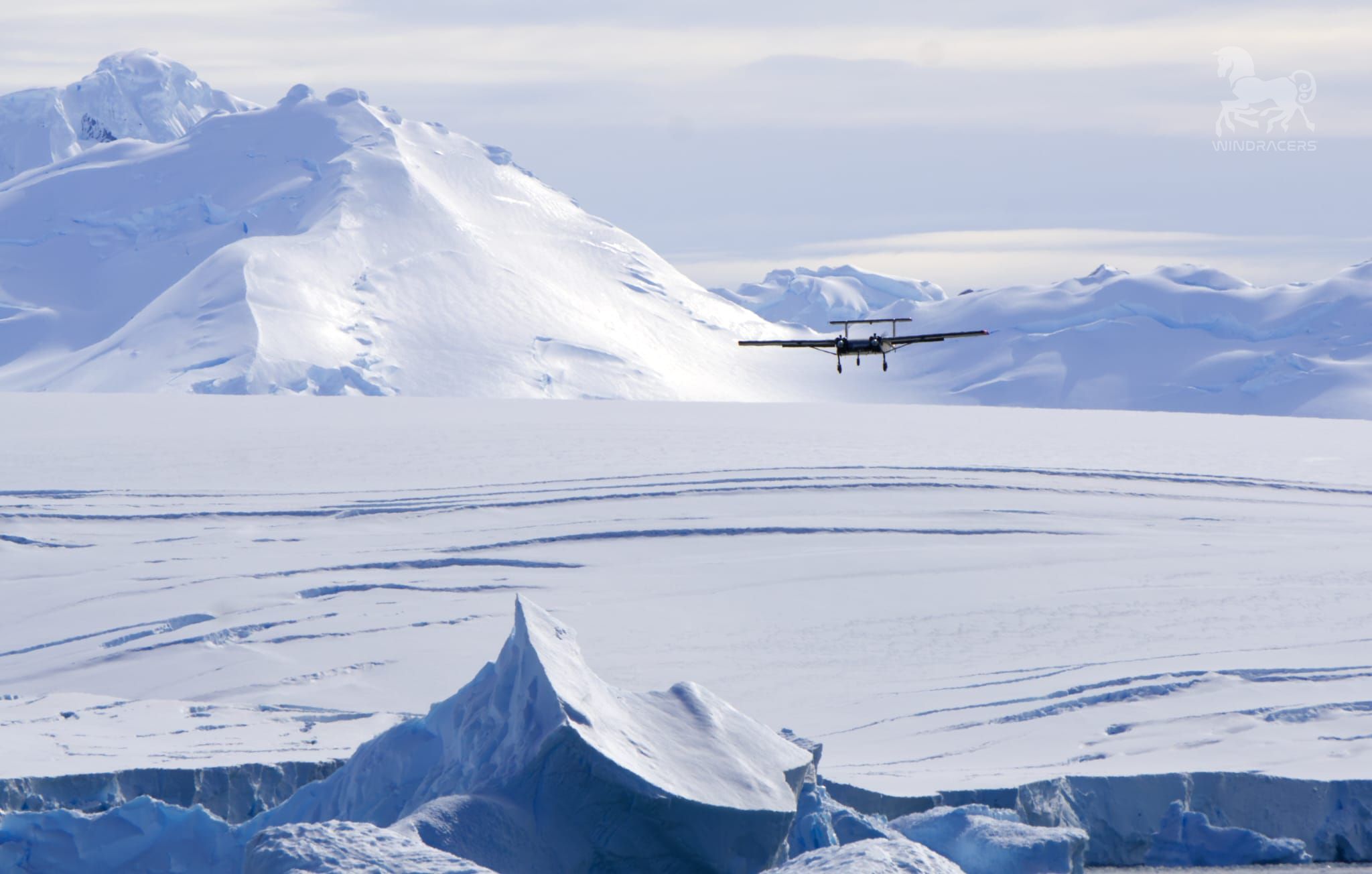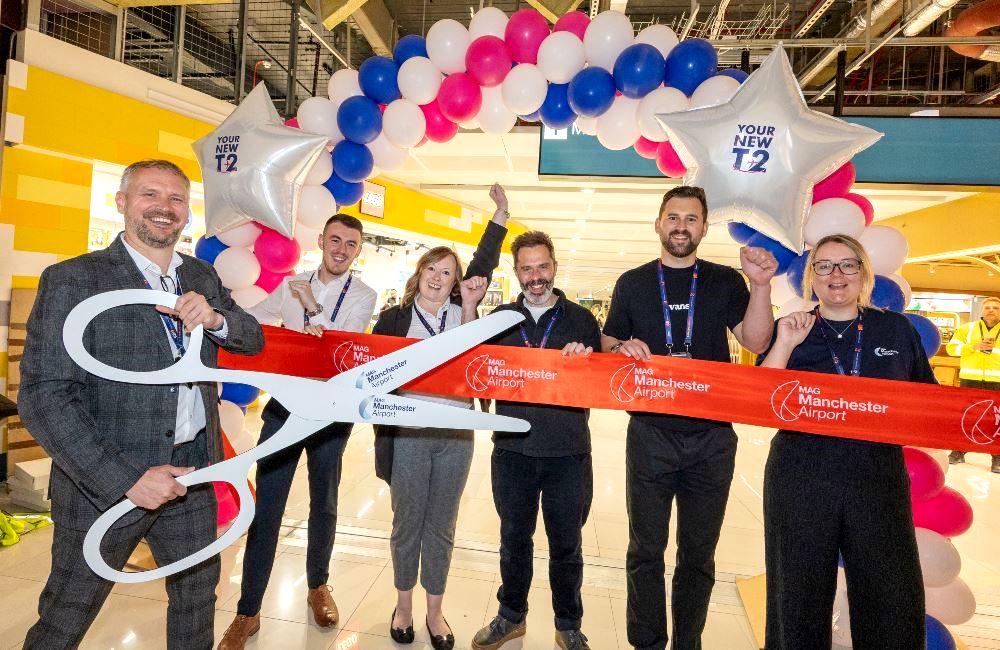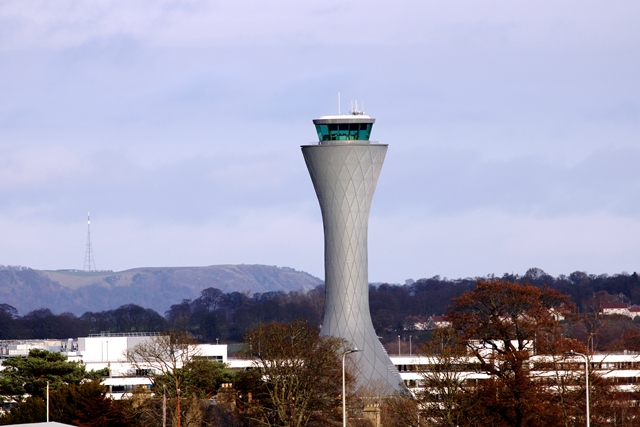Windracers ULTRA drone unlocks Antarctic geology data

Image courtesy Windracers
In a world-first for drone-assisted science, BAS employed Windracers ULTRA for autonomous Beyond Visual Line of Sight (BVLOS) missions to map out remote parts of West Antarctica and investigate how the Earth’s crust was created and deformed.
The new research, published in the Journal of Geophysical Research, used state-of-the-art gravity and magnetic sensors to reveal huge bodies of frozen magma, hidden below the icy sea. Photos of previously unexplored islands, taken at the same time, show how these rocks were deformed as the mountains of the Antarctic Peninsula were pushed up by movement of the Earth’s tectonic plates.
Until now, the lack of data from this remote area meant scientists had limited understanding of the region. Using the long-range, heavy-lift capability and autonomous operation of Windracers ULTRA, BAS experts were able to quickly and effectively map out the hidden geology of this inaccessible region.
Stephen Wright, Founder and Group Executive Chairman of Windracers, said: "We’re proud to support the world-class scientists at British Antarctic Survey and play a role in deepening our understanding of climate systems and sea-level change.
“We are grateful to the British Antarctic Survey for their ongoing collaboration with Windracers. These original missions demonstrate how Windracers ULTRA is already delivering real-world impact and operating in one of the world’s most challenging environments.”
Tom Jordan, Geophysicist at the British Antarctic Survey, said: “Working with Windracers on this research was an exciting opportunity to take the concept of large uncrewed aerial vehicle delivering environmental science data from a dream to a demonstrated reality.
"This project paves the way for new ways of collecting data across multiple science areas around Antarctica, providing insights into the continents past, and the critical information needed to monitor and predict how the continent will change in response to the warming climate into the future.”
The SWARM project demonstrated Windracers ULTRA’s value in real-world survey and logistic settings, proving its potential for future deployments in remote and challenging environments around the world. The SWARM project was funded by UKRI Innovate UK.
Later this year, Windracers will also launch a new operational hub in Malawi to support middle-mile delivery of humanitarian across Africa.













